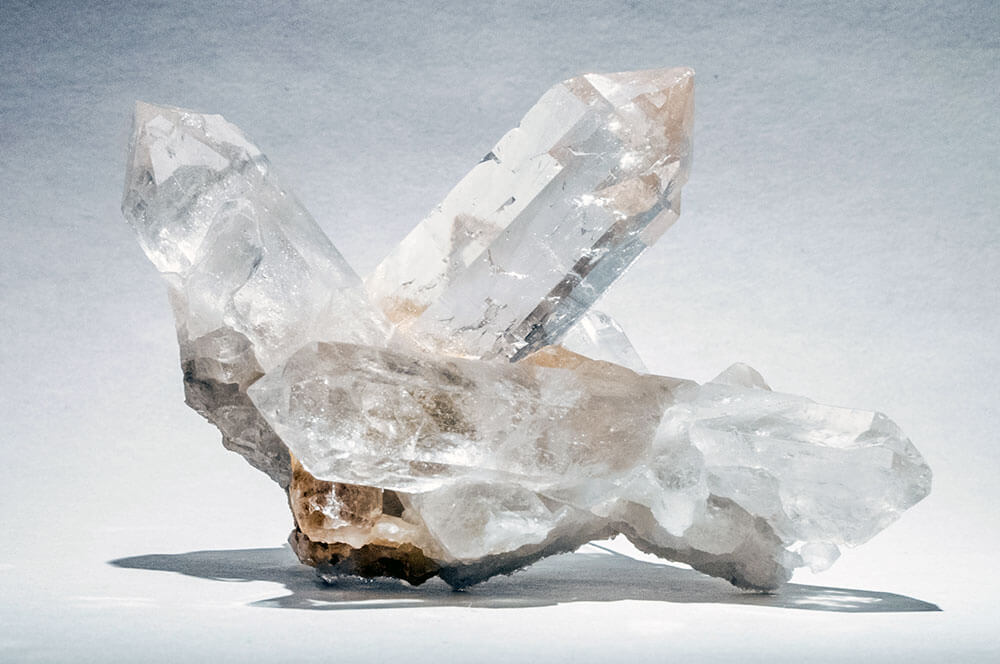Perhaps symbolically, gems revered for their enchanting colors, hardness and monetary value make the perfect gift… the more natural the better! Obviously, despite the numerous colors, shapes and sizes in which they are available, one aspect is often overlooked: that some of these exquisite gemstones are superficially highlighted through various processes to create glamor and the illusion of superior value. In this article, I discuss some of the common treatments for creating the visual effect that causes you to spend your money instantly, before you know what’s happening, so that the next time you walk into a jewelry store, no longer understands Equipped with a little more background knowledge of what to expect. They say knowledge is power. So let’s take a closer look at what you need to know when buying Edelstein.
Quality gemstones can be expensive, yet it is not uncommon to find fine jewelry stores that offer premium quality gemstones at affordable prices. A word of caution: you should be wary of the term “natural” as it is not always what it claims to be. Emeralds, for example, are oiled with cedar oil and other synthetic oils and polymers as part of the Post-Lapidary process to improve clarity. In the United States, the Federal Trade Commission requires disclosure of the treatment used when treated emerald is sold. Traditionally, the use of oil is accepted by the gem trade, but treatments with green colored oil are not. Typically, gems are graded into four levels to reflect degree of improvement—rather than clarity—None, Minor, Moderate, and Major. Therefore, a gemstone graded “none” may have inclusions. If a consumer wants to buy an expensive emerald, it is best to insist on a treatment report. An upgraded gemstone rated “moderate” should be at least 40-50% cheaper than an identical stone rated “none”.
In order not to be misled, it is necessary that you understand at least some of the treatments that apply to the gemstones you intend to buy. Also consider the method of filling visible cracks with natural or synthetic wax AND using laser drilling to improve clarity. Which brings me to the topic of synthetic gemstones: what exactly are they?
In the case of emeralds, a thin layer of emerald is grown onto natural colorless beryl stones. In the late 1960s, fully synthetic emeralds were produced by hydrothermal synthesis, the largest amount of which currently comes from Russia. The chemical and gemological composition of synthetic emeralds is termed “created” and is the same as their natural counterparts. As well as the emerald, there are a variety of gemstones such as diamond, tourmaline, sapphire and topaz to name a few that undergo similar processes of refinement and synthetic manufacture.
